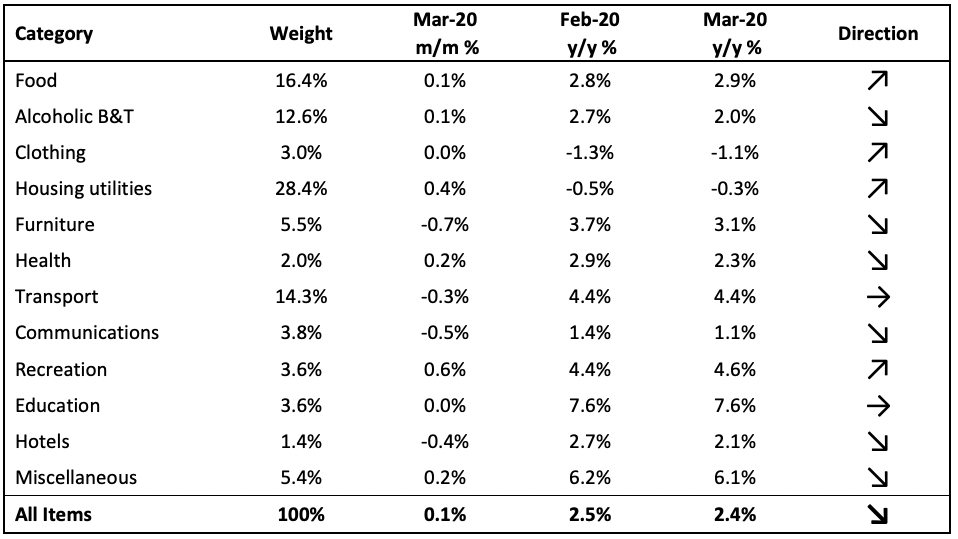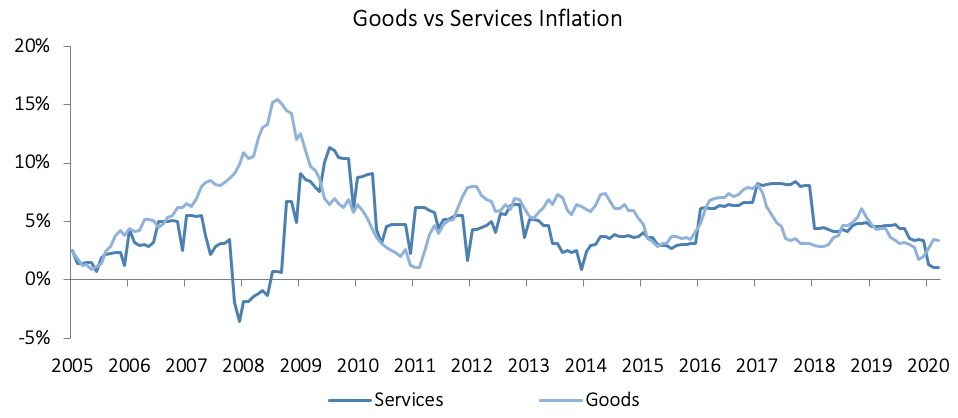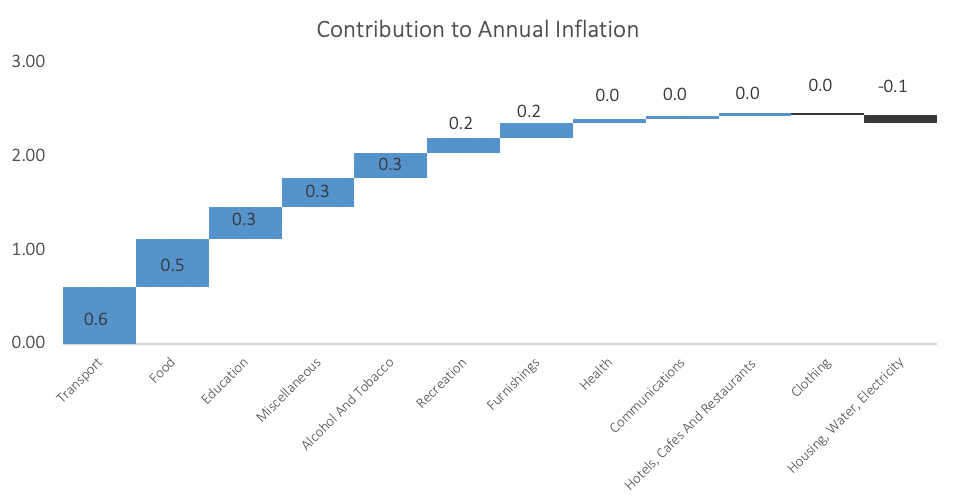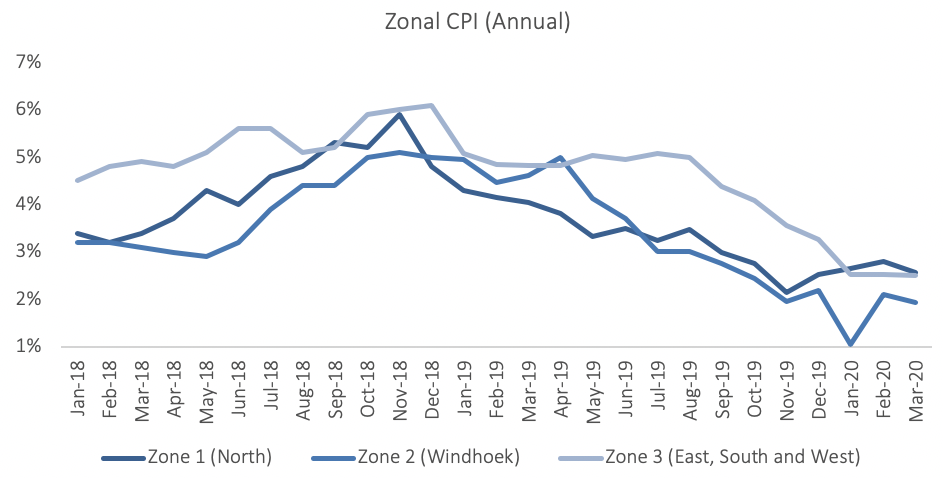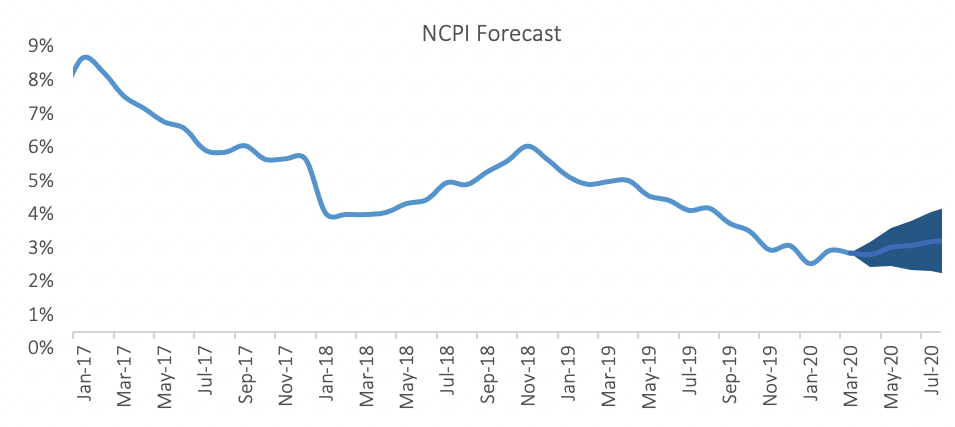
A total of 50 new vehicles were sold in April, a 93.4% m/m contraction from the 759 vehicles sold in March. Year-to-date, 2,279 vehicles have been sold of which 965 were passenger vehicles, 1,149 light commercial vehicles, and 165 medium and heavy commercial vehicles. On a twelve-month cumulative basis, vehicle sales continued to dwindle with a total of 9,389 new vehicles sold as at April 2020, down 17.7% from the 11,405 sold over the comparable period a year ago. The dismal new vehicle sales figures were expected seeing as that the Khomas and Erongo regions were on lockdown for the entire month, and the rest of the country was on lockdown for two weeks.

Only 9 new passenger vehicles were sold during April, representing a contraction of 97.2% m/m from the 318 passenger vehicles sold in March. On a year-on-year basis, April new passenger vehicle sales were 98.1% lower than the 464 vehicles sold a year ago. Year-to-date, passenger vehicle sales rose to 965. On a rolling 12-month basis, passenger vehicle sales are at their lowest level since May 2010, highlighting the severity of the slowdown in sales.

Commercial vehicles sales reflect a similar picture, declining by 23.1% year-to-date and 16.1% y/y on a rolling 12-month basis. A total of 41 new commercial vehicles were sold in April, representing a decrease of 90.7% m/m and 91.1% y/y. 39 Light commercial vehicles, 2 medium commercial vehicles, and no heavy and extra heavy commercial vehicles were sold during the month. On a twelve-month cumulative basis, light commercial vehicle sales dropped 19.5% y/y, while medium commercial vehicle sales rose 15.6% y/y, and heavy commercial vehicle sales increased by 14.2% y/y.

Toyota was one of three manufacturers managing to sell passenger vehicles during April and continues to lead the market in terms of year-to-date market share of new passenger vehicles sold. Toyota claimed 31.3% of the market, followed closely by Volkswagen with 28.7% of the market. They were followed by Kia and Hyundai with 7.2% and 5.7% of the market respectively, while the rest of the passenger vehicle market was shared by several other competitors.

Toyota also remained the leader in the light commercial vehicle space with a 58.7% market share, with Nissan in second place with 15.8% market share. Ford and Isuzu claimed 8.6% and 5.4%, respectively, of the number of light commercial vehicles sold thus far in 2020. Mercedes leads the medium commercial vehicle segment with 30.0% of sales year-to-date. Mercedes was also number one in the heavy and extra-heavy commercial vehicle segment with 21.9% of the market share year-to-date.
The Bottom Line
New vehicle sales have been under pressure in recent years as domestic economic conditions have generally been tough. The lockdowns of first the Khomas and Erongo regions, followed by the lockdown of the entire country, has brought vehicle sales to a complete standstill in the last two months. While we do believe that vehicle sales will higher in the coming months than in April, it is unlikely that it will return to the levels seen in recent months and years. Both business and consumer confidence are extremely low at the moment as a result of the impact of the lockdowns. It is unlikely that many businesses and consumers will be in a financial position to purchase new vehicles for the rest of the year.







